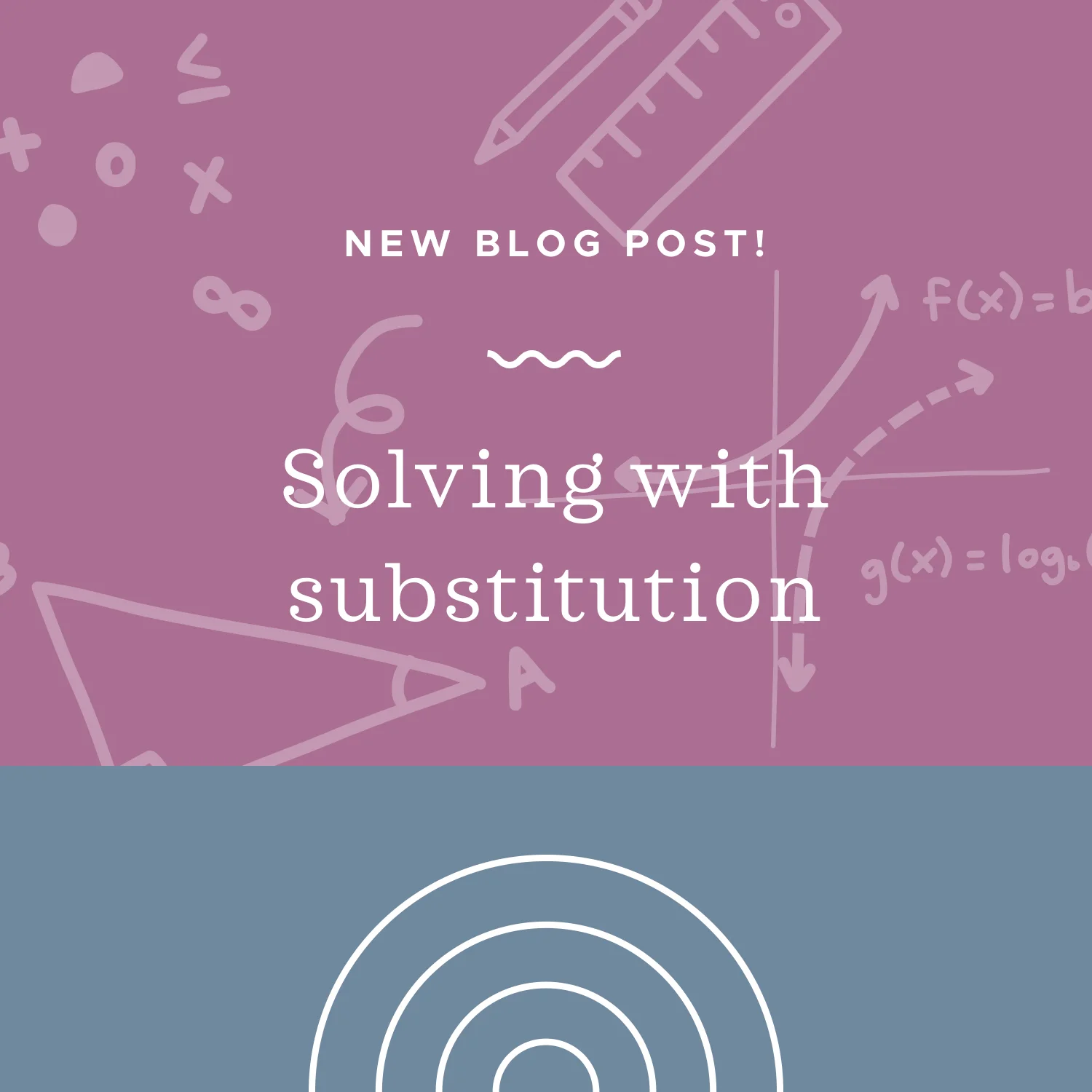Conjugate method can only be used when either the numerator or denominator contains exactly two terms. In order to use it, we have to multiply by the conjugate of whichever part of the fraction contains the radical. The conjugate of two terms is those same two terms with the opposite sign in between them. Notice that we multiply both the numerator and denominator by the conjugate, because that’s like multiplying by 1, which doesn’t change the value of the original function.
Read MoreAs we’ve seen in previous lessons, the simplest way to evaluate a limit is to substitute the value we’re approaching into the function. Because it’s the easiest and fastest method, we should always try substitution first. But substitution won’t always work.
Read MoreL’Hospital’s Rule is used to get you out of sticky situations with indeterminate limit forms. If you plug in the number you’re approaching to the function for which you’re trying to find the limit and your result is one of the indeterminate forms above, you should try applying L’Hospital’s Rule.
Read MoreIf you tried to solve the limit with substitution and it didn’t work, factoring should be the next thing you try. The goal will be to factor the function, and then cancel any removable discontinuities, in order to simplify the function, so that it can be evaluated.
Read More





